
What if humanity’s greatest danger is not one cataclysm, but a series of hammer blows simultaneously? That is the gloomy vision being presented in emerging climate modeling, in which researchers are predicting a “triple whammy” the triple blow of climate disruption, resource depletion, and population growth driving the planet to lifeless limits. The alert is not science fiction, but a product of high-resolution supercomputer simulations and decades of research in environmental science.
The University of Bristol January 2025 report has alerted the world by estimating that these interlocking crises undermine ecosystems, economies, and societies globally. Whereas some of the grimmest projections look as far ahead as millions of years, warning signs from lethal heatwaves to famine already exist. By tapping into the earth’s own distant history and the limits of artificially intelligent forecast, scientists are embroidering a dark tapestry of how several stressors can feed into each other and reconstitute the world’s destiny.
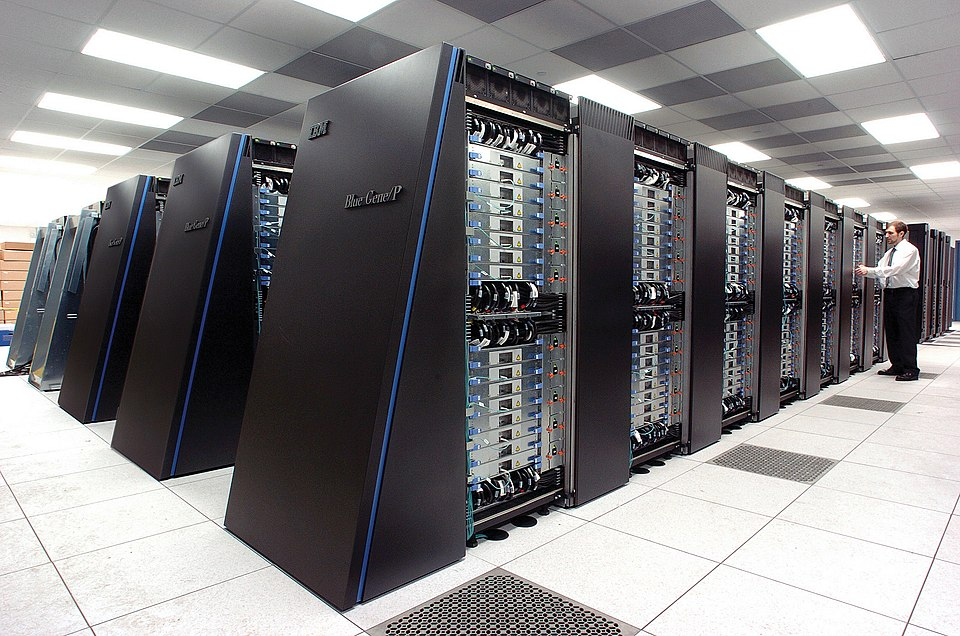
1. The Supercomputer’s Dark Vision
In a landmark experiment, researchers at Bristol University replicated tectonic evolution, atmospheric chemistry, and solar radiation to predict conditions 250 million years in the future. They found that the ultimate coming together of a supercontinent called Pangea Ultima could occur, building gargantuan interior deserts with average temperatures of 40°C to 50°C. Lead researcher Dr. Alexander Farnsworth cautioned that “practically all mammals may die off because of heat and humidity alone,” and such processes would make areas of the Earth uninhabitable decades before the Sun gradually becomes brighter naturally.
The model also predicts extreme seasonal fluctuation, such as record-breaking temperatures and cold for the environment. Such diversity would eliminate plant growth, disrupt food chains, and push species to their limits of adaptation. Although the timescale is far in the future, the processes tectonic convergence, changed ocean currents, and greenhouse gas accumulation are already forcing today’s climate.

2. Climate Change and Population Pressures Converge
The supposed triple whammy hinges on the connection between increasing global temperatures, explosive population numbers, and diminishing resources. The UN approximates the population at 9.7 billion in 2050, propelling food, water, and energy demand. Dr. Sarah Kaplan cites that “the stress on natural systems is overwhelming,” with industrialization and urbanization mounting pressure on the environment.
These stresses are additive rather than multiplicative more heat lowers crop yields, insufficient resources induces migration, and high-density areas cause public health emergencies. Uncoordinated strategy allows the coincidence of these events activate cascading failures in infrastructure, government, and ecological resilience.
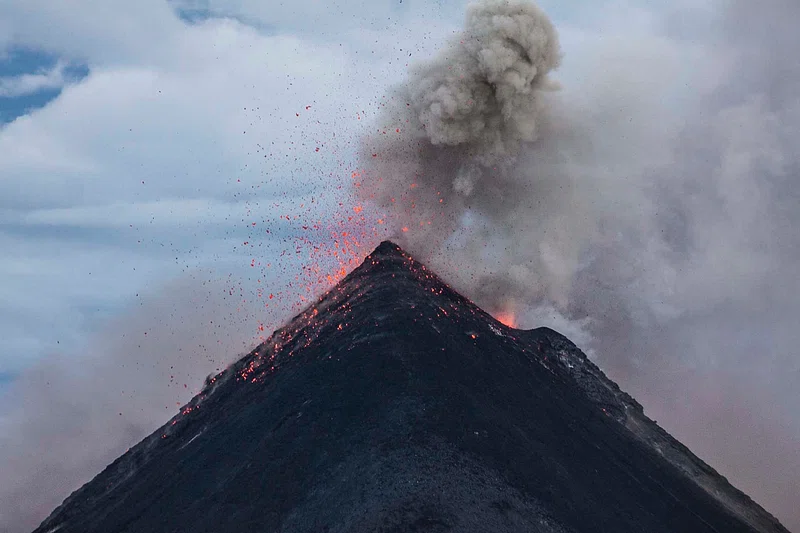
3. Ancient Extinctions’ Lessons
Earth’s fossil record sends dire messages. The mass extinction during the end of the Triassic, 201 million years ago, destroyed nearly half of all species with sudden warming brought on by volcanic CO₂ release. 96% of the land-based genera perished, but marine environments, though disrupted, bounced back later. “This land-sea contrast teaches us about the disparity in the rate at which ecosystems respond to catastrophic events,” stated paleontologist Alison Cribb.
In the same vein, Paleocene-Eocene Thermal Maximum was 5°C warmer with volcanic methane emission, reorganizing terrestrial and marine biota. Such analogues indicate that greenhouse gas spikes with magma or coal and petroleum can destabilize climate systems lasting thousands of years.
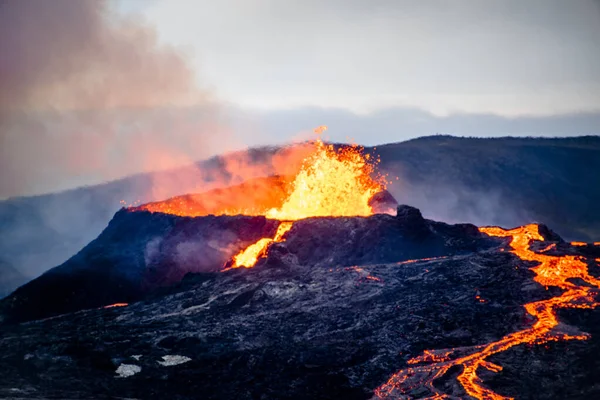
4. Volcanism as a Climate Multiplier
The Bristol research also cautions that supercontinent formation can be preceded by volcanism, which releases enormous quantities of CO₂. Past records are dire the extrusions of the Central Atlantic Magmatic Province released up to 100,000 gigatonnes of CO₂, equivalent to a forecasted 21st-century release on a 2°C global warming path. Geochemist Dr. Lydia Marshall cautions that such an outgassing would “drastically worsen global warming,” compounding the thermal stress of reassembling continents.
Volcanic activity plays a role not necessarily that of global warming itself. Super eruptions also have a secondary impact of releasing sulfur aerosols into the stratosphere, which cool the Earth short-term. But a new NASA modeling says even the biggest super-eruptions will cool the global temperature by less than 1.5°C, far short of reversing long-term greenhouse trends.
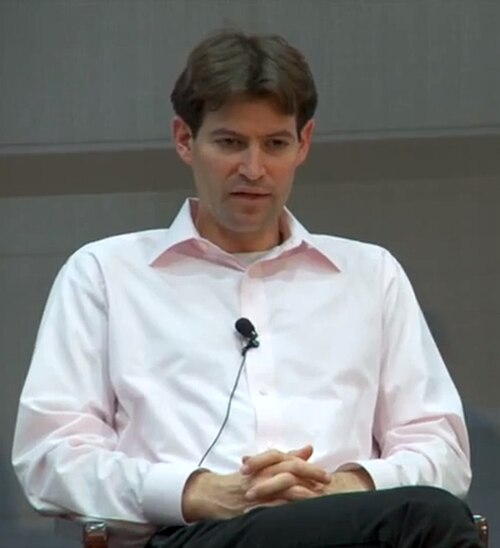
5. AI-Augmented Climate Forecasting
Machine learning advances are making climate forecasts more precise. Stanford’s Noah Diffenbaugh and Colorado State’s Elizabeth Barnes taught artificial intelligence vast collections of climate models and past temperatures to forecast warming trends. They placed a nine-out-of-ten likelihood that this century’s warmest year will be 1.8°C warmer than the pre-human-altered climate even when assuming net-zero emissions by the 2050s.
This technology minimizes uncertainty in estimates, allowing for more trustworthy regional risk estimations. It also portends an unsightly reality: adaptation measures need to speed up alongside decarbonization, since extreme conditions are likely to outpace existing preparedness.
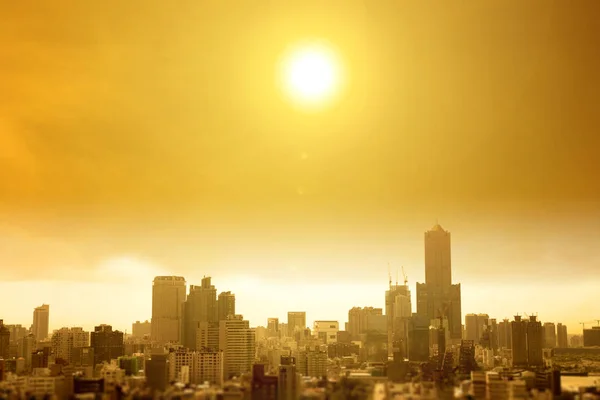
6. Regional Vulnerabilities and Early Impacts
Existing climate projections identify Africa, Southern Asia, and the Middle East as first-order hotspots for water scarcity and heat stress. The World Meteorological Organization predicts prolonged droughts and crop loss in those areas where adaptive capacity is generally weak. Heatwaves have already already taken thousands of lives from Europe to South Asia in recent years and increasing temperatures are the human toll.
These local emergencies also tend to spread outwards, creating migration, taxing global networks of aid, and driving geopolitical tensions. The disproportionate effect raises evident questions of global justice and responsibility on the part of wealthier nations for the vulnerable.

7. Political and Legal Responses
Intergovernmental organizations such as the IPCC call for further greenhouse gas reductions and collaborative disaster risk management. EU Commission President Ursula von der Leyen called for a “historic transformation” to the renewable energy and climate resilience planning. The legal framework is also evolving, with increasingly more courts acknowledging climate refugees and the liability of business corporations to destroy the environment.
But with the slow pace of bringing binding promises, frustration is on the rise. Activists like Greta Thunberg demand summit declarations be made meaningful by actual policy, and threaten that slowness engulfs space for constructive action.

8. Ethical and Cultural Shifts
Outside of policy, the triple whammy threat is redefining cultural discourse. The younger generations are focusing sustainability on education, media, and politics. Fiske, for example, characterizes the crisis as an ethical balance sheet: “The next generation faces risks we created.”
Conflicts regarding geoengineering, population control, and conservation of biodiversity are on the rise and reflect more profound worries about the human species’ function as planetary stewards. Such tendencies indicate that adaptation in society will be every bit as much a matter of values and governance as technology. Coincidence of climatic change, resource scarcity, and population increase is not a distant future but a continually ongoing process.

From unraveling the geologic record to projections involving artificial intelligence, indicators are all pointing towards an emergent fate defined by cumulating threats that require historically unprecedented levels of collaboration. The triple whammy warning, in one way, is a call to act with audacity not merely to reduce emissions, but to build systems resilient enough to withstand shocks to come.


